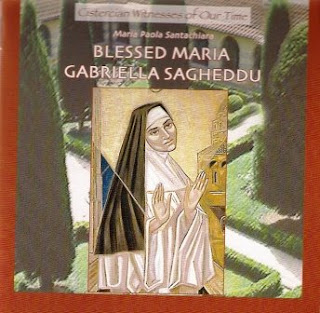Tuesday, April 21, 2009
Tabgha
Now I know from whence the engraved stone came... (Morton, page 204ff)...
"The most beautiful spot on the shore is a bower of trees and flowers known at Tabgha....when I awakened on the first morning and looked at the Sea of Galilee, I felt such an unutterable sense of peace and so great a detachment from the world".... and then he writes of the discovery of the little Roman church of the Loaves and Fishes.
With the treasure you brought me beside me, to bed to dream.
William goes on:
PS...
Holy Sepulchre
I so enjoy references to and excerpts from your
You must so often relive your memories.
From: William.
The previous note on the Apparition of Jesus to His Mother by the Franciscan, Fr. Eugine Hoad, can be appreciated by Pilgrims to the Holy Sepulchre.
The latest Edition of the Dominican Archaeologist, Fr. Jerome Murphy-O'Connor's, "The Holy Land, An Oxford Archaeological Guide", names the chapel as that of St. Mary Magdalene.
“In the C4 the area north of the rotunda was part of the Patriarchate; buildings one room deep surrounded an L-shaped courtyard, and all the cast-west walls at ground level are Constantinian. In the C:11 the courtyard was transformed into the chapel of St Mary Magdalcne (John 20: 11-16) [15 J with its narthex [16] from which one passed via a two-column entrance into a small atrium [17]. The atrium was reduced to virtually nothing in the C 12 when the Crusaders erected a stairway leading to what is now Christian Quarter Road; its monumental entrance, whose decoration is identical with that of the main door of the Holy Sepulchre, is still partially visible (D in fig. 11) from the street”. (See Plan. Fig. 14. The Holy Sepulchre . . . 15. Chapel of St. Mary Magdalene, 16. Franciscan choir, 17. C11 atrium).
This text is only some inkling of the knowledge of Fr. Jerome. I learned too late of his regular each week archaeological walks on the ground of the Holy Places.
His activities from Ecole Biblque continue. Most recently Fr Jerome Murphy-O'Connor was invited to the Pauline Year 2008–2009 » Diocese of Westminster. His lecture, “The Life of St Paul”, can accessed in the Video at www.rcdow.org.uk/paul/












